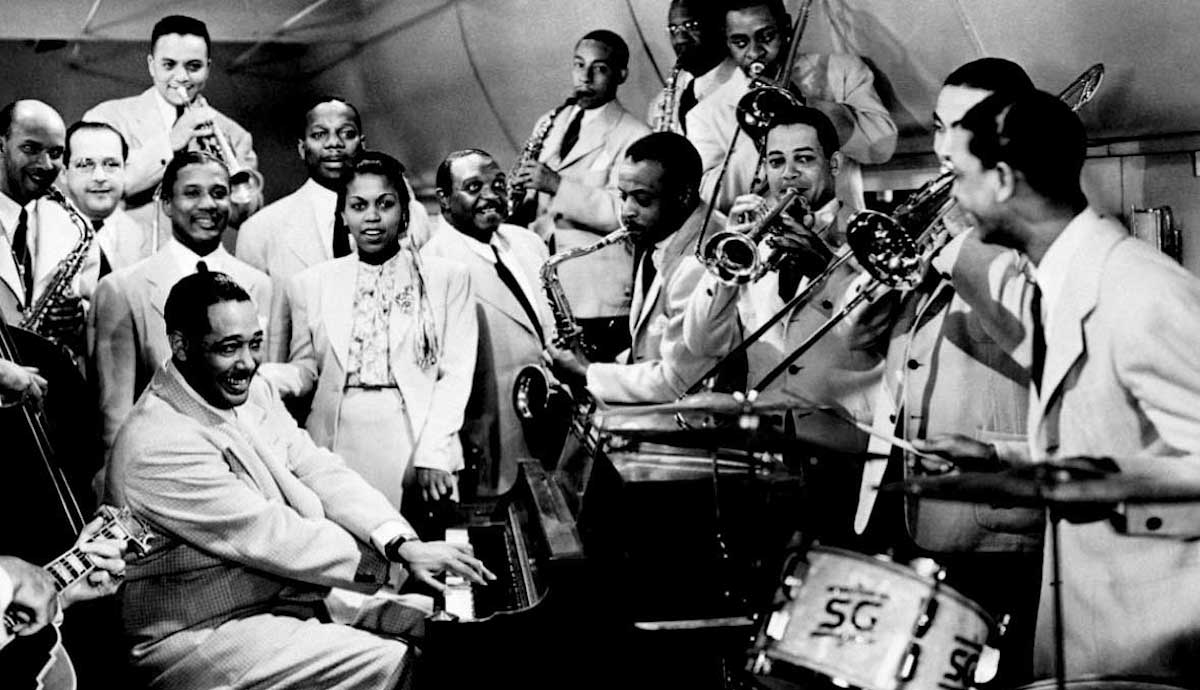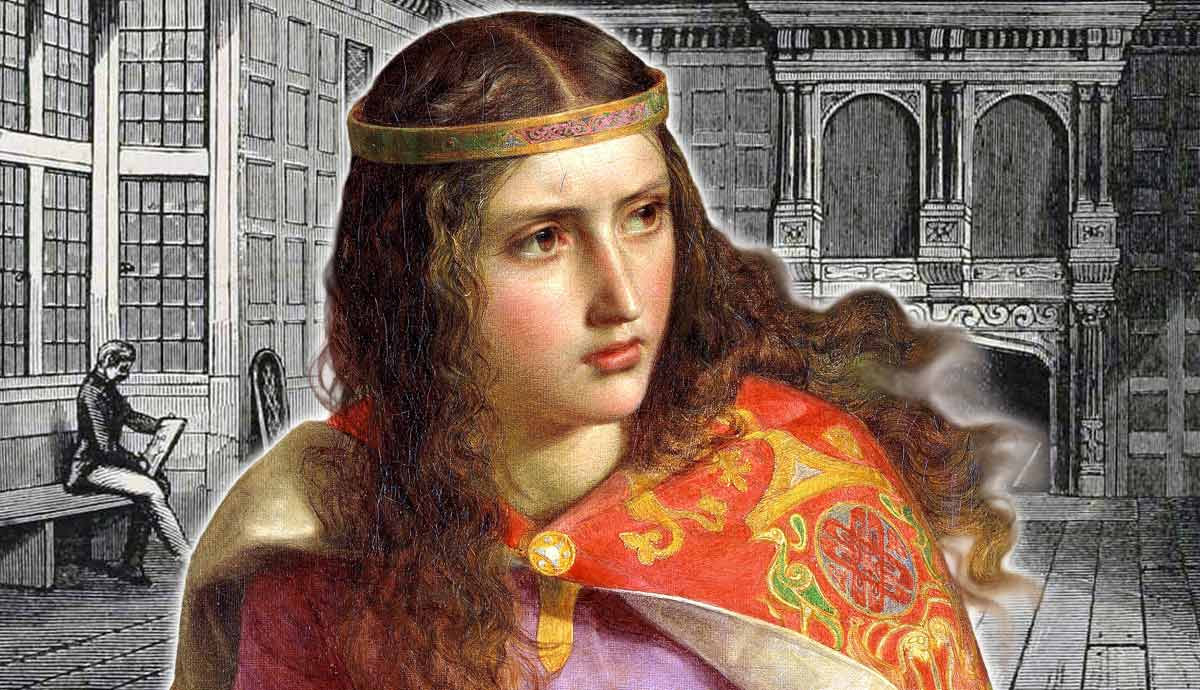
Emerging from the Great Migration, the Harlem Renaissance was a period of celebration of the arts and African American culture. Just in time for the Roaring Twenties, known as the decade of entertainment, the city of Harlem, New York was bursting with creativity and expression. Some of the most notable Black artists, musicians, literaries, and intellectuals appeared during this period. The following decades were heavily influenced by this explosion of art and culture, which impacted several major US cities.
Development of the Harlem Renaissance: The Great Migration

Following the abolishment of slavery with the 13th Amendment in 1865, Jim Crow laws were put in place to continue racial discrimination and oppression. African Americans living in the South dealt with segregation, brutality, and an overall unwelcoming environment. In the North, African Americans still experienced racial discrimination and segregation, but on a somewhat smaller scale. This was due to the anti-slavery perspective commonly shared among northern states before the Civil War.
Leading into the early 20th century, Black newspapers and magazines began spreading the word about the opportunities available in the North. Jobs were hard to come by for African Americans during this time, especially in the South. Those living in the South were often subject to sharecropping. This involved individuals, known as sharecroppers, who lived on a landowner’s farmland in exchange for a large portion of the crops. If the number of crops harvested did not meet the landowners’ expectations, sharecroppers would become indebted to the landowner. This essentially created a slavery-like system that pushed sharecroppers into forced labor and poverty in an effort to pay off their debts.

Word of better opportunities in the North led to a mass influx of African Americans traveling to the North and Midwest, called the Great Migration. However, not everyone had the means to relocate. Some left with hope and little money in their pockets, but most involved in the Great Migration were middle-class African Americans. The influx of people came between 1910 and 1940, and then after World War II between 1940 and 1970. The first Great Migration was critical in the development of the Harlem Renaissance.
Even though the Harlem neighborhood of New York City is dubbed the center of the Harlem Renaissance, African Americans also traveled to other major cities. Places like Chicago, Philadelphia, and Detroit also experienced an expansion of culture and the arts. It’s estimated that two million African Americans migrated out of the South between World War I and World War II. By the end of the Great Migration in the 1970s, approximately six million African Americans had moved out of the South. The main reasons for migration included escaping the harsh realities of Jim Crow racism and pursuing employment and educational opportunities that weren’t as available in the South.
Harlem Offers New Opportunities

The first World War opened up job opportunities for African Americans. Men who were called on to go to war left many factory jobs behind. These positions were made available for African Americans who were new to the North and looking for work. Factory wages were often much higher than farm labor pay in the South. Industrial workers could earn up to three dollars more a day working in northern factories. Over 1.5 million African Americans assumed factory positions and other jobs in the North by 1920.
The need for workers during the war supported the Great Migration. Some railroad companies even sought out unskilled laborers in the South to relocate for work. Other job opportunities included teaching, publishing, and entertainment. Alongside jobs, one of the biggest opportunities during the Harlem Renaissance was the relief of creative expression. There had never been a point in African American history where cultural identity and freedom were explored on such a large scale before.
This revival of freedom, creativity, and life took place amid the booming economy of the Roaring Twenties and grew alongside the Jazz Age. Some of the most influential artists, writers, performers, and intellectuals stemmed from the Harlem Renaissance period. These individuals would greatly impact the music and art world for decades and still affect the present day.
The Age of Jazz & Entertainment in Harlem

The “Roaring Twenties” was the nickname of the decade as a more buoyant lifestyle appeared after World War I. Mass production of goods as a result of the Industrial Revolution was fueling the economy, and consumers were spending more. Urban life became attractive not only for job opportunities but also for the thriving entertainment industries for aspiring performers. Clubs were stretched along big city streets and packed full of guests in the evenings. Some clubs were segregated, while others were integrated. Performers like Josephine Baker only performed in integrated clubs, forcing some club owners to desegregate for the night to book her for a show.
The Jazz Age was a lavish era that transformed the music and entertainment scene. Jazz and blues became the dominating music genres of the decade. African American jazz musicians and singers popped up in major cities in the US and Europe. The streets of cities like Harlem, Chicago, and New Orleans were lined with street performers. Nightclubs hosted well-known artists and musicians of the time. Even though the jazz scene exploded in northern cities, it is believed to have originated in New Orleans in the early 20th century. New Orleans was one of the most diverse cities despite being in the Deep South state of Louisiana.
Some of the biggest names in jazz and blues that appeared during the Harlem Renaissance included: Louis Armstrong, Duke Ellington, Alberta Hunter, Bessie Smith, and Cab Calloway. Bessie Smith was one of the most successful Black entertainers of her time, giving her the nickname the “Empress of Blues.” She was mentored by Ma Rainey, who was known as the “Mother of the Blues.” These entertainers influenced future singers like Ella Fitzgerald, Billie Holiday, and Janis Joplin. For the next few decades, jazz and blues would influence new styles of music, such as swing music, bebop, rhythm and blues, rock ‘n roll, soul, and disco.
The Creators of the Harlem Renaissance: Artists, Writers, & Intellectuals

Harlem Renaissance artists, such as Aaron Douglas and Meta Vaux Warrick Fuller, looked for inspiration from Africa to include in their artwork. Aaron Douglas was a very successful visual artist during the Harlem Renaissance. He influenced the Art Deco and Cubism art movements of the early 20th century. Douglas worked with W.E.B. Du Bois as an art critic for The Crisis magazine, produced by the National Association for the Advancement of Colored People (NAACP). Augusta Savage was a prominent sculptor known in Harlem for her sculptures and work in the art community. In the latter half of the Harlem Renaissance, Savage was appointed as the director of the Harlem Community Art Center, which helped developing artists in the area.
African American artists, musicians, and writers often used their experiences of life in America as inspiration for their work. Arguably one of the most famous writers of the Harlem Renaissance, Langston Hughes is an excellent example of how he used his writing career as a way to discuss Black culture, identity, and experiences. Hughes was a poet, playwright, novelist, and writer of short stories. In 1921, his first poem appeared in The Crisis magazine. Five years later, he published his first poetry book titled The Weary Blues. Although he became one of the faces of the Harlem Renaissance, Hughes only spent a short time in New York. He traveled to many places around the world, including Paris, England, and West Africa, in the early 1920s.

Young intellectuals of the Harlem Renaissance went on to be civil rights activists in the 1940s. Some civil rights organizations were founded in New York in the early 20th century, including the NAACP and National Urban League. One of the most notable intellectuals of the time was W.E.B. Du Bois, a founding member of the NAACP. He established The Crisis magazine and published case studies and essays which advocated for social change.
Alain Locke was another prominent figure for his contributions as a scholar, writer, and educator. His most famous work is often agreed to be The New Negro: An Interpretation, which discusses African Americans’ social and cultural transformation throughout the decades of the Harlem Renaissance.
The Ending & Impact of the Harlem Renaissance

The number of resources available to African Americans during the Harlem Renaissance encouraged young artists, writers, and musicians to pursue their passion. Much of the period encompassed middle-class African American creators and white art appreciators. Urban life became attractive to African Americans in the South looking to escape oppression. Segregation was still present in the North, but opportunities were more abundant.
Harlem became the mecca for African American culture and the arts. New York City has remained an art hub since the early 20th century. It is also labeled as one of the biggest “melting pot” cities in the United States. The Harlem Renaissance had a long-lasting impact on urban life and culture in cities like New York, Chicago, and Philadelphia.
Although the artists, creators, and performers of the Harlem Renaissance would have a great influence on future movements and decades, the period was short-lived. After the prospering economy of the Roaring Twenties died down from the 1929 stock market crash, the Harlem Renaissance began to fade out. It lasted until the mid-1930s until the strain of the Great Depression put it to a halt. The music and art world continued to be influenced by this bustling decade and still influences the present-day. However, celebration of arts and culture was no longer a main focal point by the beginning of the 1940s.










